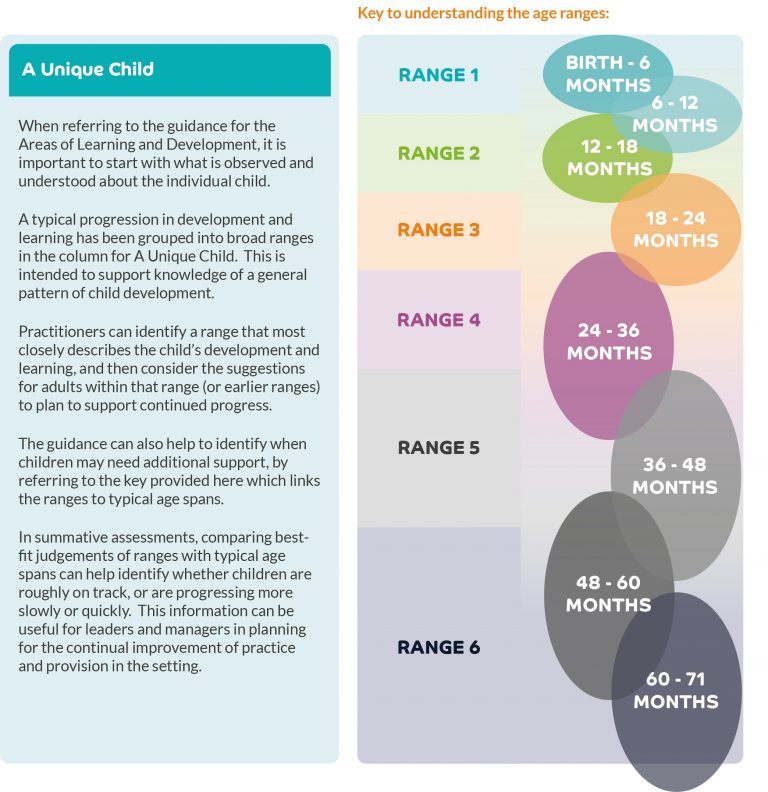

UNDP links and coordinates global and national efforts to achieve the goals and national development priorities laid out by host countries. Public sector policy and administrative managementĭecentralisation and support to subnational governmentĮnergy policy and administrative managementĮnvironmental policy and administrative managementĭemocratic participation and civil society UNDP topped the Aid Transparency Index published by Publish What You Fund in 20, with an excellent score of 93.3%. The UNDP claims on the IATI Registry website that the data covers 100% of development flows. The following table lists the top 15 DAC 5 Digit Sectors to which UNDP has committed funding, as recorded in its International Aid Transparency Initiative (IATI) publications.
Diverse contexts and a range of development priorities undp update#
Please help update this article to reflect recent events or newly available information. In 1962, the United Nations Economic and Social Council asked the Secretary-General to consider the merits and disadvantages of merging UN technical assistance programmes and in 1966, the EPTA and the Special Fund merged to form the UNDP. With the US proposing and creating the International Development Association within the World Bank's umbrella, the EPTA and the Special Fund appeared to be conducting similar work.

This Special Fund was a compromise over the SUNFED concept: it did not provide investment capital, but only helped to bring pre-conditions for private investment. The concept of SUNFED was dropped to form the Special Fund. However, the fund was opposed by other developed countries, especially by the United States, which were wary of the Third World dominating such a funding and preferred it to be under the auspices of the World Bank. Ĭountries such as the Nordic countries were proponents of such a United Nations (UN) controlled fund. The Special Fund arose from the idea of a Special United Nations Fund for Economic Development (SUNFED) (which was initially called the United Nations Fund for Economic Development (UNFED). The EPTA was set up in 1949 to help the economic and political aspects of underdeveloped countries while the Special Fund was to enlarge the scope of UN technical assistance.

The rationale was to "avoid duplication of activities". The UNDP was founded on 22 November 1965 with the merging of the Expanded Programme of Technical Assistance (EPTA) and the Special Fund in 1958. The UNDP is funded entirely by voluntary contributions from UN member states. īased at United Nations Headquarters in New York City, it is the largest UN development aid agency, with offices in 177 countries. The UNDP emphasizes developing local capacity towards long-term self-sufficiency and prosperity. The United Nations Development Programme ( UNDP) is a United Nations agency tasked with helping countries eliminate poverty and achieve sustainable economic growth and human development.


 0 kommentar(er)
0 kommentar(er)
